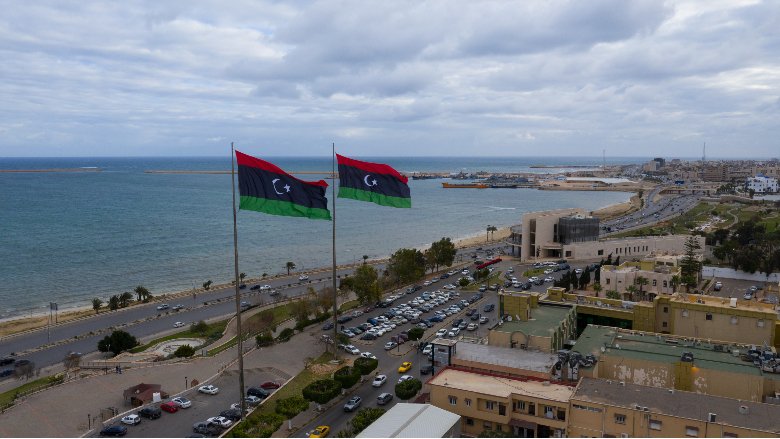Libya is struggling to cope with a trifecta of crises, including the civil conflict, the COVID-19 pandemic and most recently, the impact of the Russia-Ukraine crisis. Notwithstanding the tempering of conflict intensity since 2021, the Libyan economy has been battered by the conflict. GDP per capita estimates in 2021 stood at about half of its value in 2010 before the start of the conflict. Since 2020, the population has been hit by multiple waves of the COVID-19 pandemic. In addition, food insecurity has worsened, precipitated by the Russia-Ukraine crisis and the resulting shortages and price increases for staple foods in the domestic market.
While Libya witnessed a significant rebound in economic growth in 2021, it has been experiencing volatility in the hydrocarbon sector, the mainstay of the economy, in 2022.
Despite the significant limitations faced by the two key sources of data on prices, they offer a consistent story of increasing inflationary pressures during 2021 and through the first quarter of 2022. Prices of essential goods (food and drinks, housing, electricity, water, gas and other fuels, and transportation) are the main contributors to Libya's higher official inflation rate since 2021.
The fiscal balance witnessed a massive reversal from a 64.1 percent of GDP deficit in 2020 to a 10.6 percent of GDP surplus in 2021. This resulted from the jump in oil production and prices and the exchange rate devaluation (much of the spending (particularly wages) was denominated in LYD, whereas 98 percent of revenues in 2021 were sourced from hydrocarbons denominated in US$). Libya's debt stock is large but manageable as long as hydrocarbon production and exports persist.
Libya's trade and current account balances rebounded in 2021 and early 2022, thanks to recovering oil exports and receipts. Estimates reveal that Libya's reserve position remains very comfortable. The official exchange rate remained relatively stable throughout 2021, but depreciation pressures are increasing.
The economic outlook is uncertain. It is impossible to forecast economic outcomes with any degree of confidence due to the high uncertainty surrounding political and security developments. However, if Libya manages to maintain or ramp up oil production and exports compared to 2021, or at least avoid extended disruptions, it could benefit from soaring global oil prices, which would translate into strong economic growth, higher fiscal revenues and an inflow of hard currency. This would positively affect the trade, current account, and fiscal balances.
Downside risks are high. The primary downside risk is a backslide into violence and armed conflict. Further outbreaks of COVID-19 and/or the emergence of new variants pose a risk. The war in Ukraine may lead to further supply chain disruptions and sharper than expected agricultural product price increases. High global fuel prices may raise the prices of other imported goods, leading consumers' purchasing power to decline and likely resulting in lower consumption, increased food insecurity, and greater use of negative coping mechanisms by vulnerable households. The presence of rival governments in the East and West, and ongoing negotiations around the management and use of oil revenues, may complicate government spending, thereby impeding the state's ability to deliver public services and finance development projects. A sharper than expected slowdown in global growth could reduce global oil demand, resulting in reduced exports, government revenues, economic growth, fiscal and current account balances, and foreign reserves.
